









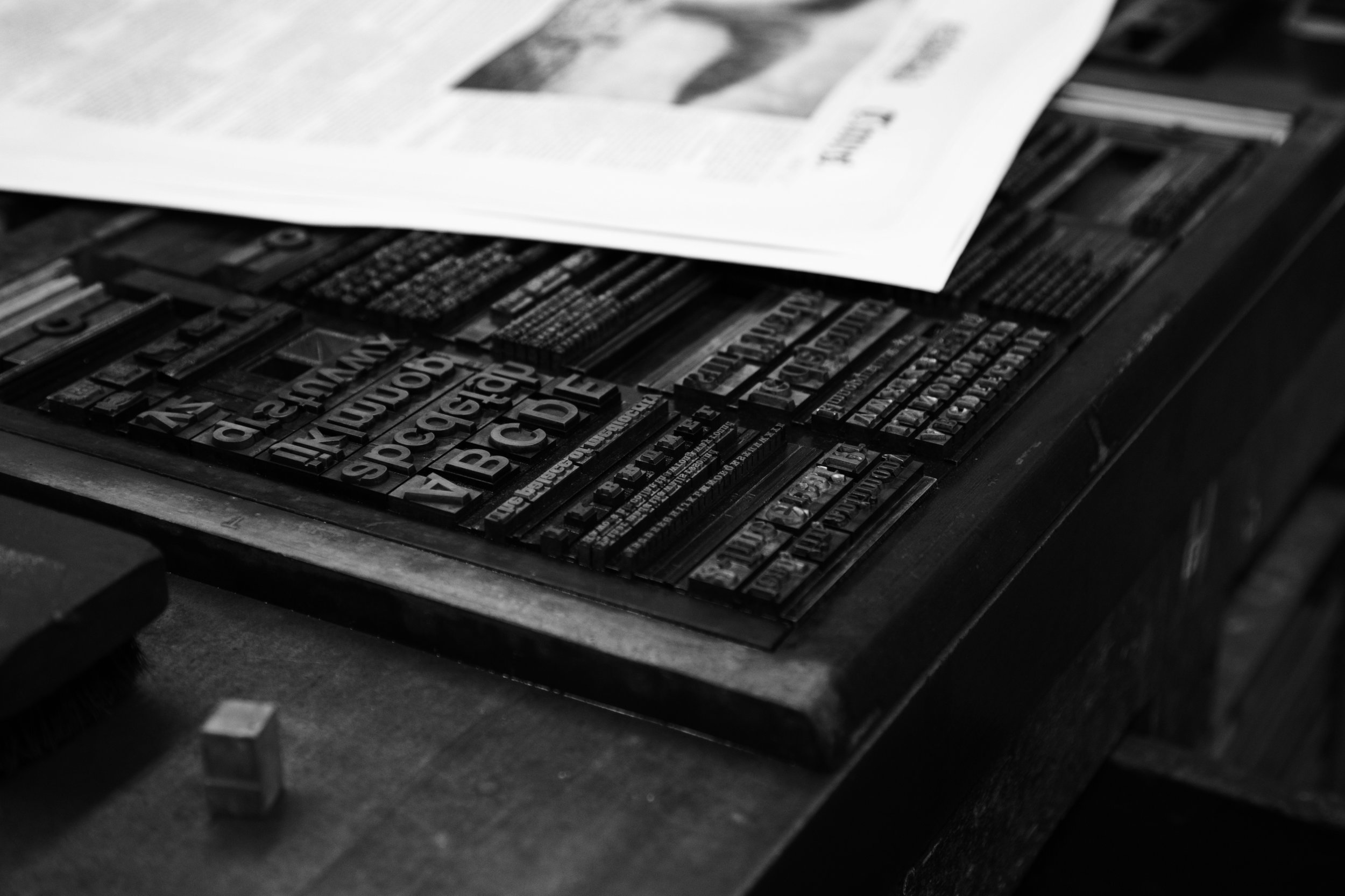






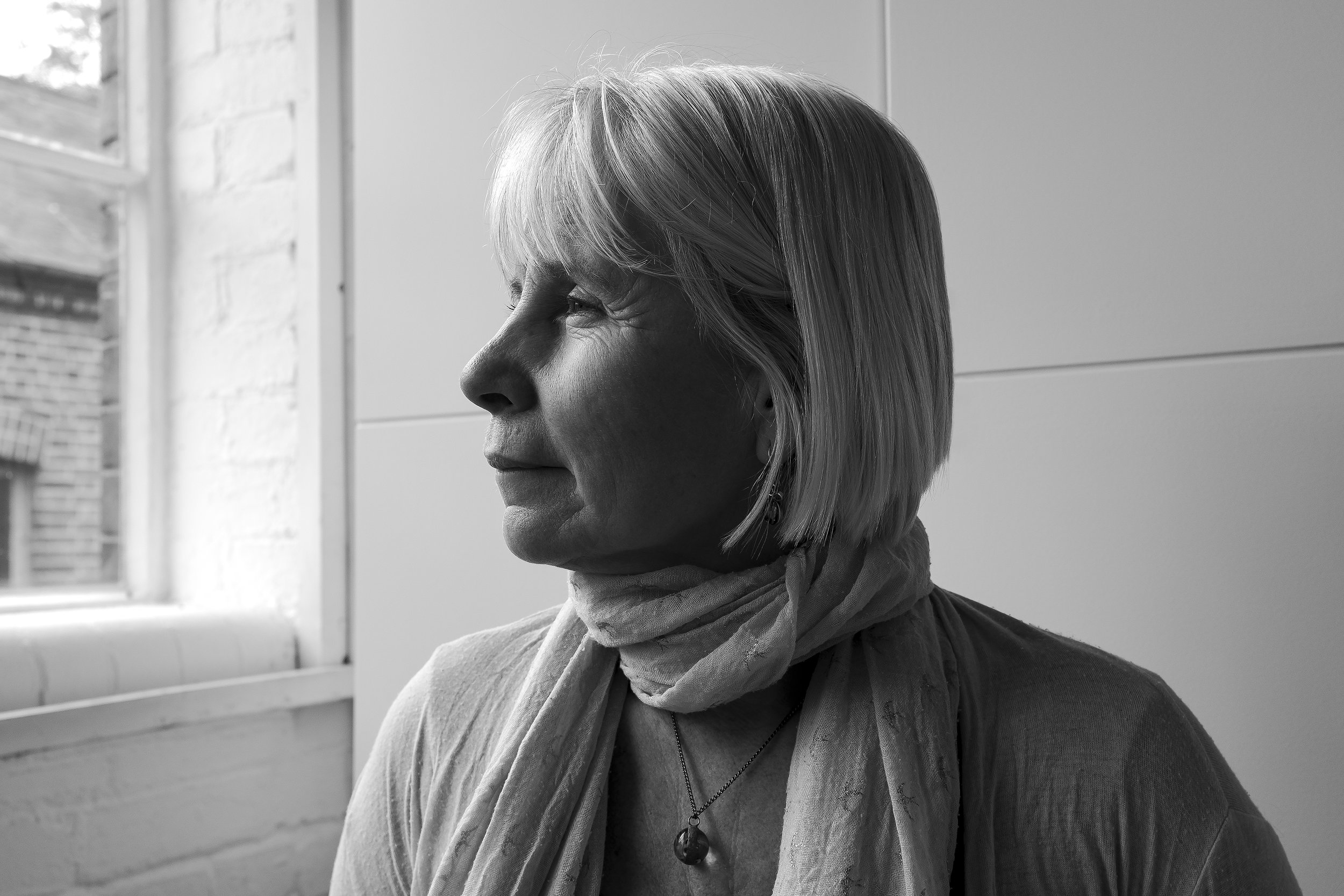
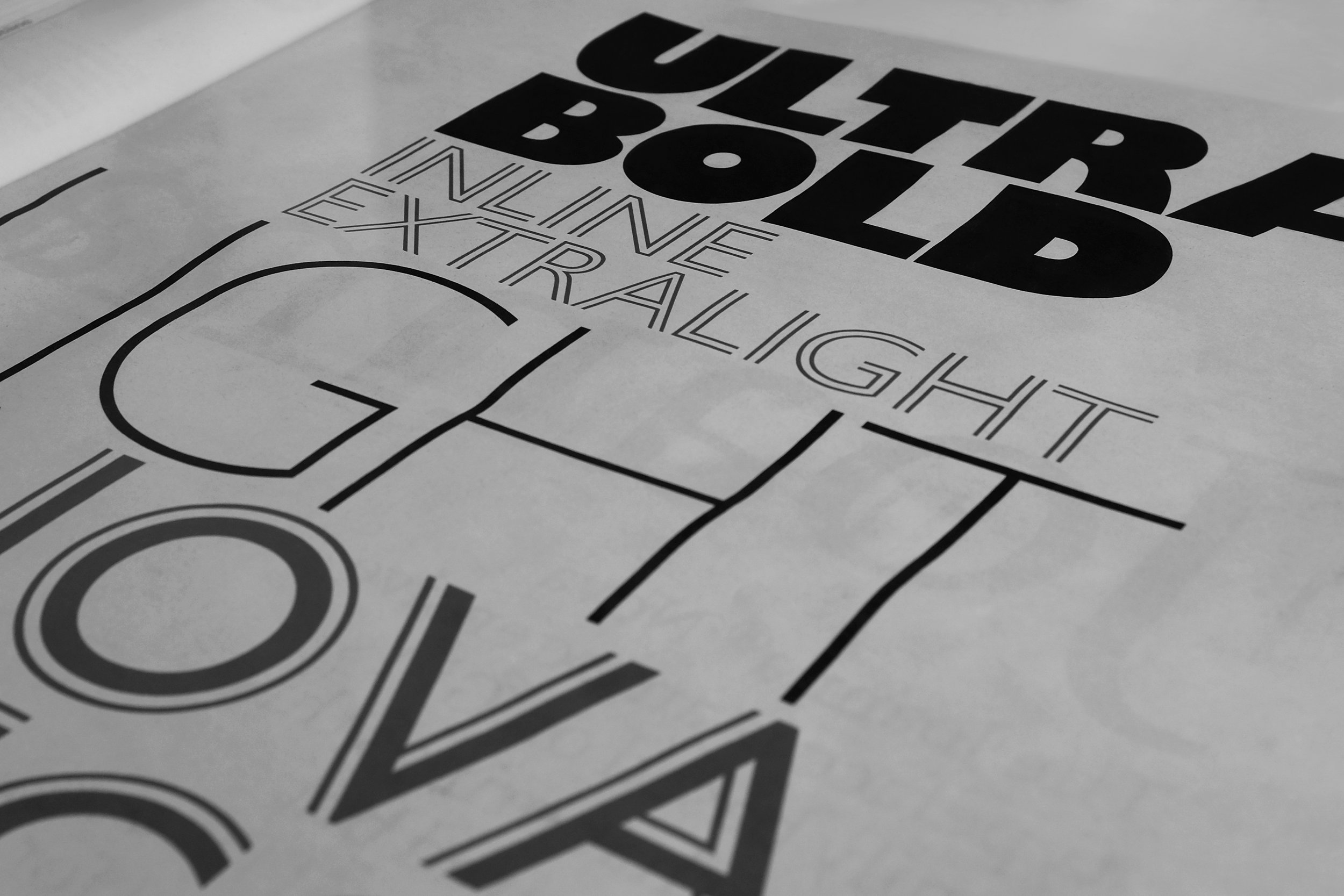





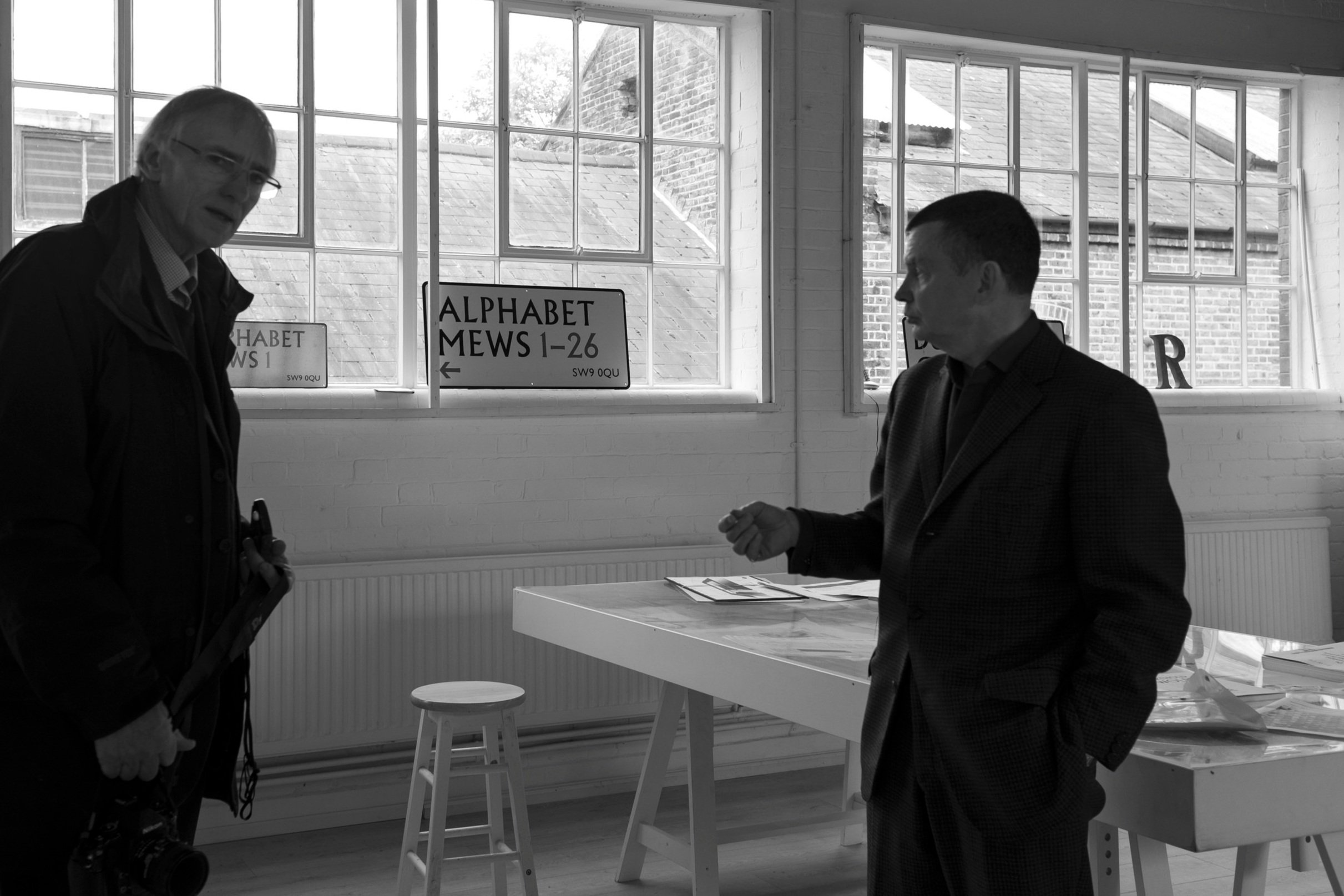
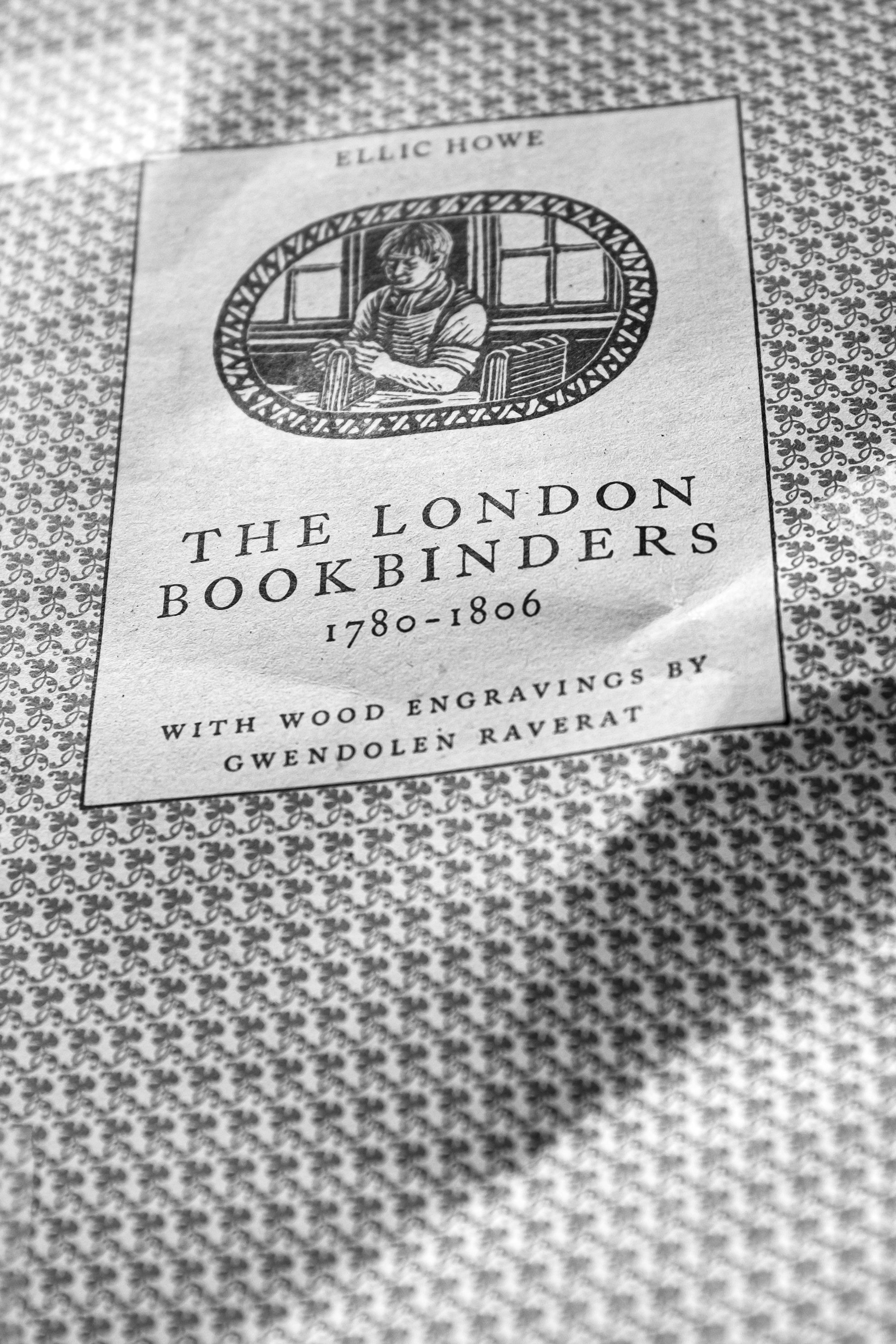





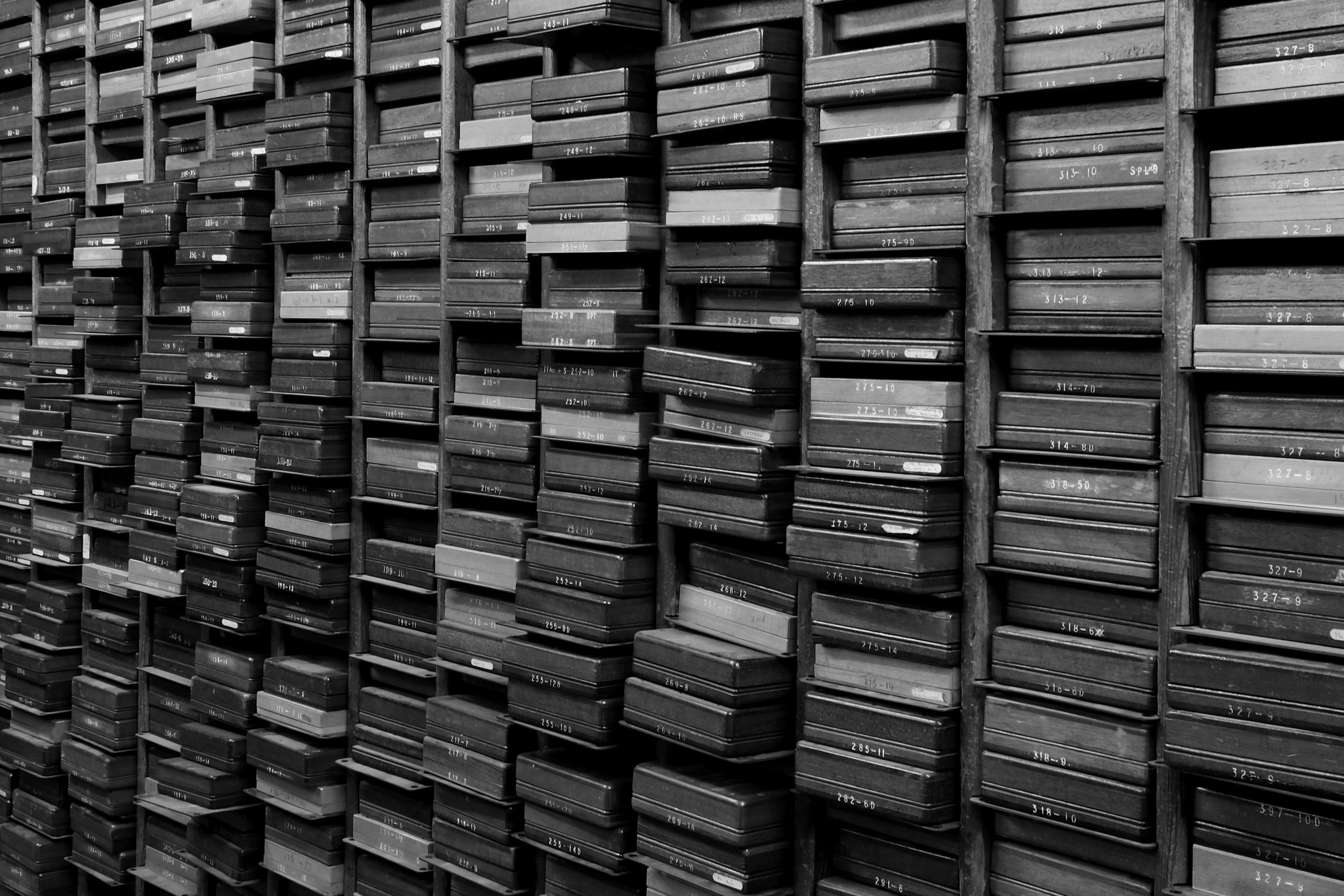



Mecanografía, From Ancient Greek μηχανή (mēkhanḗ, “machine”) + γράφω (gráphō, “to write, draw”). Simply translated to English as Typewriting — was one of my favourite subjects at school, hitting the white paper with metal type while learning how to place my fingers on the keyboard was fascinating, and the real joy was when I inherited a light green Litton Royal Apollo 12 from my dearest Auntie, she had upgraded to one of the latest PCs at the time, and I was the lucky one to have my own one at home. So my appreciation for writing direct lines and filling in carbonised paper forms for the accounting class was also one of my hobbies. Let alone the perfectionist influence of my dad, when typesetting wooden numbers and initials on polo mallets was his weekend job —Now you can wonder about my rigorous way of thinking!
Years later, when I found myself in the universe of type design while studying Graphics, I couldn’t help but make the most of it, getting inky, rolling it into matrices and applying all the experimental processes to align letterforms within metal surfaces and transferring onto paper by pressing it. I even found a digital replica of the wooden type, thus having a petite imprint for one of my final book projects and a larger version for posters.
Right at the end of my MA, I was selected among other students and colleagues to document the life and surroundings at The Type Archive in South East London, certainly, a magical place where handmade matrices were re-engineered to fit Monotype machines and one could walk among hundreds of draws filled with type collections, breath the wooden cases and molten lead while hearing Sue’s stories all along the way.
…‘Every single page is an absolute miracle;' declares Sue Shaw in her office at the Type Archive - a converted horse hospital in Lambeth, south London. She is sitting in front of glass cases holding the sort of moulds Gutenberg would have used to make his Bible, while on the table in front of her are bills and a chequebook and architects' plans.
In her hand is an eighteenth-century German law book. It is eight inches deep, the index is 314 pages and the type is tiny, crammed into thin columns with no breathing space. Each letter has been cast by hand and then placed in a typecase with thousands of other letters, page by page, 3,000 pages in all. You would go blind reading just the first chapter. 'I think this is just breathtaking,' Shaw says. 'The people who made this would have been paid awful money and worked almost in the dark. And this is what the Type Archive is about. It’s about the fact that human lives are here.’
What would they find? A magical place - the history of writing in physical form, the uncelebrated hardware of our language.
Everything here was once in clattering flow, all the 23,000 drawers of metal punches and matrices, hundreds of fonts in every size, all the flat-bed presses, all 600,000 copper letter patterns, all the keyboards and casting machines setting hot metal type, all the woodletter type collections and machines from the DeLittle company in York, all the steel history from Sheffield, all the hundredweights of artefacts that made the great libraries of the world. This is where it ended up when computers arrived. All quiet now.
17. The Glamour from the Past.
Just my Type by Simons Garfield ^..^